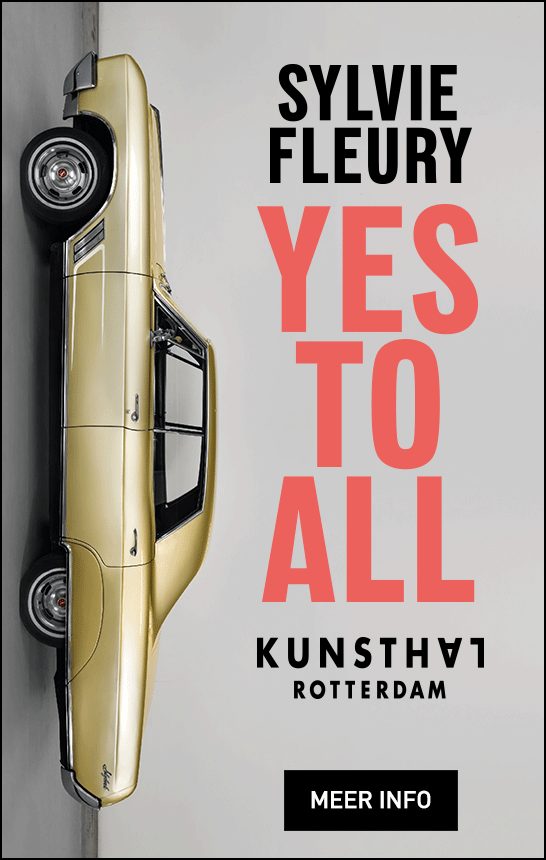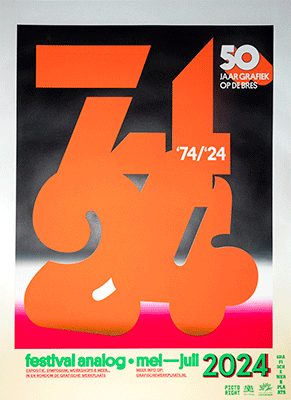A Portable Format of Artistic Research
In 2003, when Gabrielle Schleijpen was appointed director of the Dutch Art Institute (DAI), located at the time in Enschede, she faced an important challenge in rethinking the programme of a school that held a relatively isolated position in the landscape of the Netherlands and Europe. A strong desire to bring visibility to her students’ work led the new director to introduce a format that would define the way DAI presents itself amongst the many MFAs in Europe. As Schleijpen points out in the interview I recently conducted with her regarding the birth of the Publication Project, ‘While I was developing a new curriculum for DAI, with more emphasis on critical art practice, I felt that delving into the act of publishing both as a way to make things public – forming publicness – and as a form of dissemination beyond time and space constraints offered a much wider-reaching platform than any show could do.’ She also abolished the graduation show, which students often initially disagreed with before acknowledging the benefits of such an anti-conventional approach.
The publications are not only portable, they are also affordable; they constitute a way of sharing one’s artistic research that is different from both exhibiting a work and publishing one’s research on the Web. They are collaborative platforms where an artist and a designer are asked to work together to find a common language that satisfies the needs of both. It is not always so immediate for artists to think of their practice in the form of serial printed matter. In fact, for most artists this is a question that will never be posed to them, although it is precisely this collaborative nature that has made the Publication Project possible and sustainable over time. All of the books are produced together with the students mastering in typography at the Werkplaats Typografie. Various professionals have alternated in the supervising role of collection editor, including Joke Robaard (2006), Maureen Mooren (2007), Emily Pethick (2008), Delphine Bedel (2009-2010) and Rebecca Sakoun (2011).
Since 2012, Casco – Office for Art, Design and Theory, which has been collaborating with DAI for some years, has taken responsibility for distributing the books and leading the publishing class. I am writing this text from an insider’s position. I am a DAI alumna as well as co-curator, together with Micaela Deiana, of the project DAI – Printed Matter. Nine Years of Artist Publications, an exhibition that brought the collection of some 90 books to the peripheral setting of the Wilson Project, a small non-profit space in Sardinia. Through this last experience, I have had the chance to delve into the legacy that this rich collection constitutes for the students to come. The variety of explored formats and content is a valuable source of information for anyone willing to gain in-depth insight into what is contemporary art practice.
The publications are presented in a multiplicity of formats: magazines, posters, LPs, to name but a few. There is no doubt that the Publication Project has had a strong impact in shaping the practice of DAI artists towards being more research-based, but I also believe this is a consequence of the mobility that artists throughout the world have been encouraged to embrace.
As a student, I had the luck of attending DAI during its relocation from Enschede to Arnhem, so I experienced first-hand what the institute was like before the great leap in 2011. The institution and its facilities have changed dramatically. Amongst other things, DAI now finally has a reading room that gathers all the publications that have been produced since 2004, a space where they are available for students and visitors to peruse. The new location has led to a fundamental change in the nature of the Publication Project, in that it will no longer be a mandatory part of the course. Arnhem’s less peripheral position has brought back the possibility for DAI students to opt for a graduation show instead of producing a publication. I hope that future DAI students will invest in the legacy of the collection, treasuring its peculiarity, which is the feature that has put the Dutch Art Institute on the map.
Vittoria Soddu is a visual artist, living between London and Sardinia, and a former student of DAI.






















